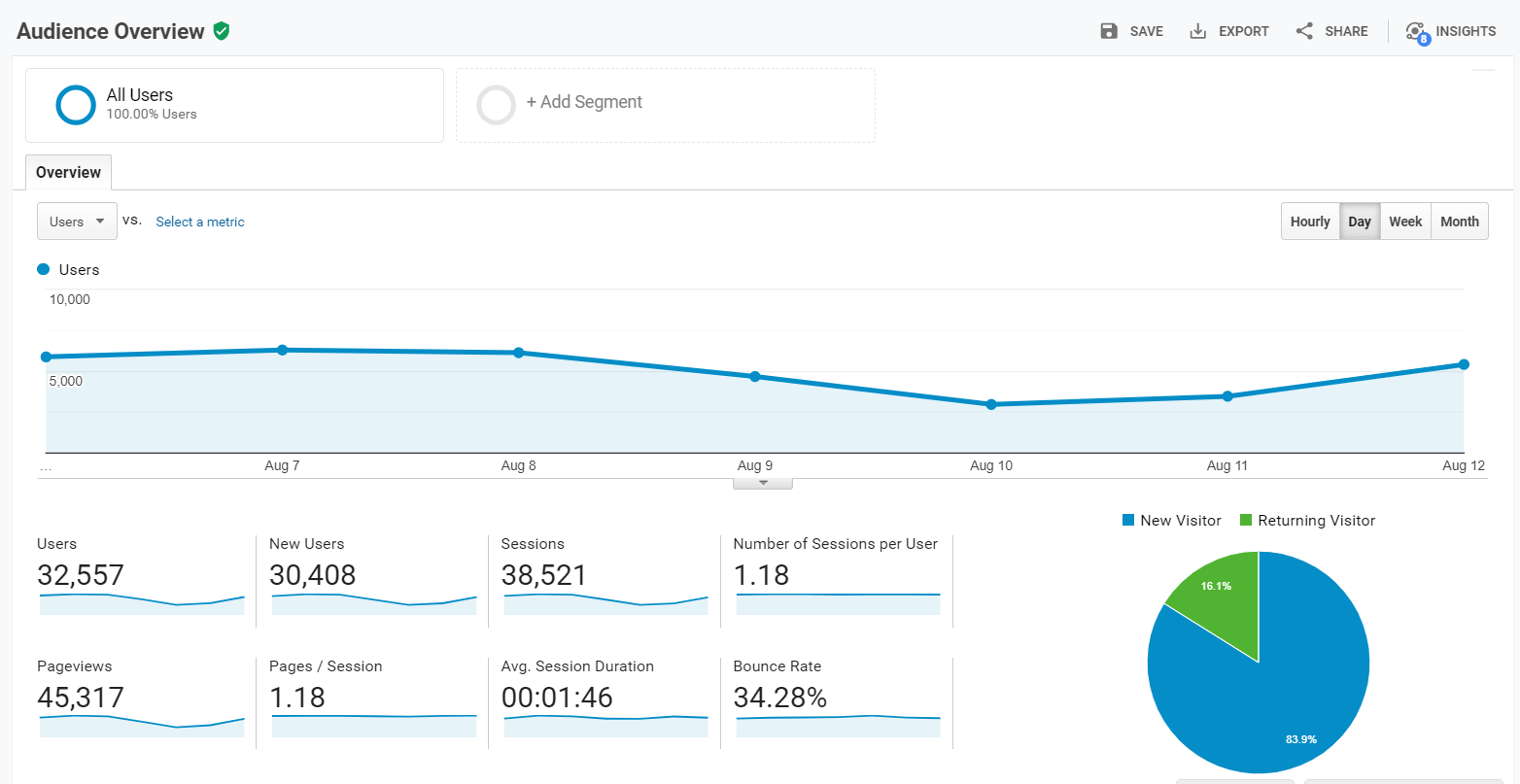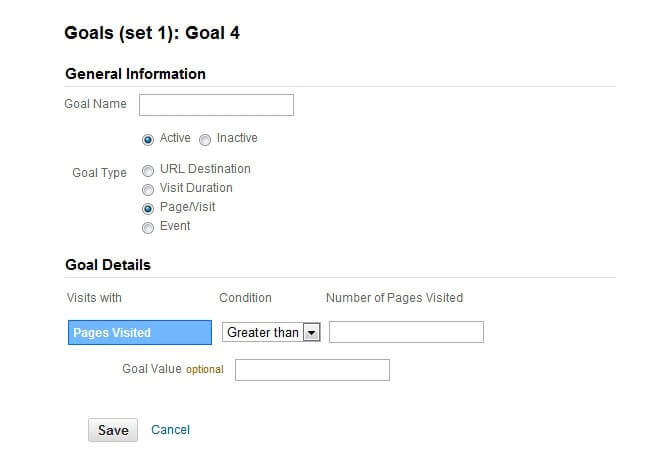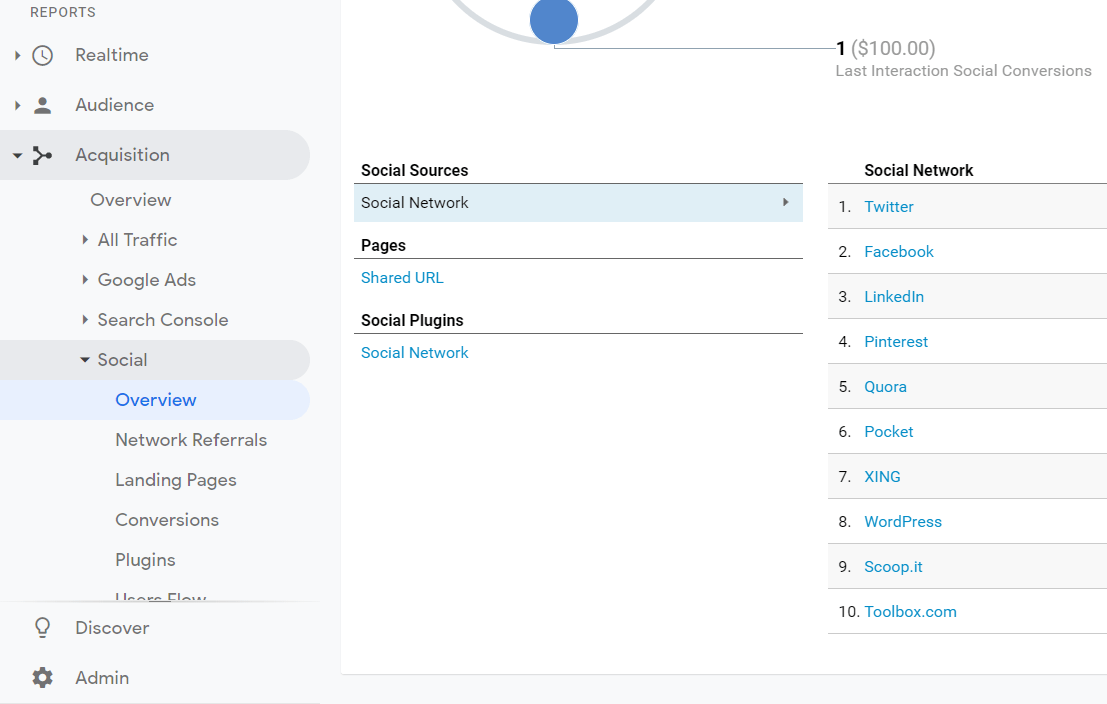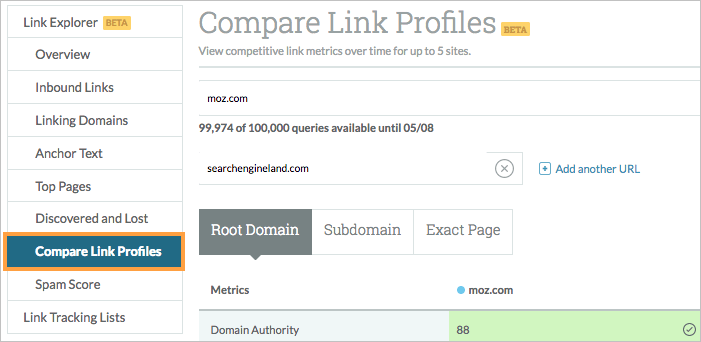With the proven results of content marketing, it is gaining fast popularity. In fact, companies are now spending a large part of their marketing budgets on content marketing. Marketers are allocating 27% of their marketing budgets for content production and distribution.
And with the increasing content marketing budgets, it is only natural that marketers are increasing scrutiny of the returns they are getting.
Content marketing may sound free or cheap but it really isn’t.
As Charlene Li said, “Content marketing is not inexpensive; it’s just different expensive.”
Therefore, it becomes important to evaluate the returns your business is getting for the amount you are spending on content marketing. For this, you need to calculate your content marketing ROI.
But how exactly do you calculate content marketing ROI? You have put the content out there but what next?
Marketers are getting content performance data through metrics such as page views, likes, and shares. But this is just one aspect of it.
These numbers are not always quantifiable in terms of money.
And for most people, the success of an investment is best measured in terms of what they can take to the bank i.e. return on investment or ROI.
In this article, you’ll discover how to measure the impact of content on your business and the different metrics you can use to calculate the ROI of your content initiatives. But before that, let’s try to understand what exactly we mean by content marketing ROI.

Table of Contents
What is Content Marketing ROI?
In layman's terms, content marketing ROI is basically a comparison of the money spent versus money earned. It is one of the most important parameters to judge the success of a content marketing campaign because it is directly tied to revenue.
However, money cannot be the only factor used to measure content marketing ROI. To have a clearer picture of content marketing ROI, we have to zero down on the content marketing metrics that really matter.
In order to understand how exactly these metrics stand in terms of earnings, you need to understand the relation each of them has to your revenue.
And you will be able to define metrics that matter after you set the goals you want to achieve through your content marketing campaign.
Set Campaign-Specific Goals
In order to accurately track a campaign’s content marketing ROI, you need to set clear goals and objectives. Whether you are writing a blog post or compiling an informative guest post for a reputable publication, you need to know the purpose of your content.
You need to have a clear idea of what you expect people to do after reading your content. This could be anything from just recognizing your brand name to visiting your website to make a purchase.
Knowing the campaign goal will help you decide on the type of content you want to create and the distribution platform you want to use.
Some common marketing goals include:
- Increase brand reach
- Increase brand awareness
- Connect with a specific target audience
- Manage brand reputation
- Increase brand loyalty
- Enhance customer engagement
- Increase sales and revenue
Define specific goals for every campaign you launch along with a time frame to achieve the goals. This will make it easier to track the content marketing ROI of your campaign.
Define Content Marketing Metrics that Matter for Your Campaign
Now that you have defined your campaign goals, the next step is to choose the metrics you’ll track. Some of the most important content metrics include number of leads, lead quality, number of clicks, web traffic, sales, brand engagement, social media engagement, SEO success, and more.
You don’t need to stick to a single metric or track all of these metrics for each campaign. The best way is to track a few metrics that are most relevant to your campaign goals.
For example, if your goal is to create buzz about a new product launch, check the social media engagement and the exposure and authority metrics. You should also keep an eye on follower growth, social media mentions, and web traffic.
Similarly, if your campaign goal is to increase brand awareness, the metrics you should focus on are clicks, brand mentions, social media engagement, and web traffic.
How to Measure Content Marketing ROI
In order to weigh the cost of content versus revenue earned, you can follow the steps below.
Step 1 – Calculate the Money Spent to Create Content
Whether you create the content in-house or outsource the work, there is a cost for it. For in-house content creation, you are paying the writer’s salary. And in the latter case, you are paying the outsourcing company.
If you are writing the content on your own, you can calculate the investment with respect to the time you spend to create the content.
Do not forget to include the expense of work done by other departments along with other content production costs such as images, videos, infographics, etc.
Step 2 – Calculate the Money Spent on Distributing and Publishing the Content
From the cost of buying the domain and hosting for your blog to in-house costs, everything else falls under this category.
Other costs include:
- Cost of any tool or software used for content creation and distribution
- Cost of paid promotions (PPC advertising, social media advertising)
- Cost of promotion through other media channels
- Cost of employee(s) handling content distribution
- Cost of guest posting
You can calculate the total expenditure of the campaign by adding the total expenses for content creation, distribution, and publishing. This will be your investment when calculating your content marketing ROI.
Step 3 – Measure the Total Revenue Earned in Return for Expenditure
The relationship between content and sales can be direct or indirect.
When a person reads a piece of content and clicks on the call-to-action button to buy something, then there is a direct relationship between the content and the revenue. In this case, it is very easy to calculate the content marketing ROI.
In other cases, the process takes longer. We will have a look at other content metrics once we learn how to calculate the ROI for direct sales.
Step 4 – Calculate the ROI
To calculate the content marketing ROI from direct sales, follow this simple formula:
ROI Percentage = (Revenue-Investment)/Investment * 100
So let’s say you have invested $200 in your content marketing campaign and the total revenue was $1000, then the content marketing ROI will be 400% (1000-200/200)100
However, this is only the tangible part of ROI.
And as we have already discussed, content marketing success is not only about direct ROI. It depends on many other metrics, such as:
Lead Quality
Getting leads is not the goal; but getting quality leads is. There are many ways to measure lead quality.
For example, if after reading your content people take the recommended actions, then you know that your content is generating quality leads. The actions can be to check out other pages on your website, subscribe to your newsletter, contact your sales team, etc.
An excellent way to check if your audience is visiting the desired page is to set up Goals in Google Analytics.
Then go to “Conversions -> Goals -> Funnel Visualization” and check out the content pieces that are turning into leads.
Website Traffic
If your website content is not engaging, you probably won’t get many page views. And if you are not getting page views, you won’t be making money from your campaign.
So naturally, website traffic is one of the primary metrics to determine your content marketing success.
To determine how much traffic your website is generating, you can use Google Analytics again. Go to “Behavior -> Site Content ->Landing Pages” on the main page of Google Analytics.
The report is by default sorted to show you the highest-traffic pages first. This will give you information about which pages of your site your traffic is landing on. In addition to the pages receiving traffic, it is also a good idea to check the medium from where the traffic is coming.
For example, if you are spending a hefty amount on social media promotions, you expect traffic to come through social media channels. But if most of your traffic is coming from Google search results, something is clearly not working in your paid social media campaign.

Social Media ROI
Social media influences the buying decisions of consumers in a big way. A lot of your potential customers are on sites like Facebook, Instagram, Snapchat, Twitter, etc., making it crucial to use social media for business.
Here’s how you can track your social media ROI using Google Analytics:
Go to Acquisition -> Social -> Overview
In the image above, Twitter has the highest ROI followed by Facebook. So if the company is investing in these two content mediums, their content marketing ROI is spot on.
Exposure, Engagement, and SEO Returns
You can measure all of the metrics mentioned above by using web metrics tools. However, exposure and engagement can be both online and offline.
For example, if someone likes your content and quotes it in a business presentation, that means your offline authority is improving. Customer retention is also an excellent metric to test business authority.
To check your domain’s online authority, you can use Moz’s Link Explorer. This tool will also tell you about the quality of inbound links coming to your website.
Conclusion
Remember, it is not wise to track too many metrics for one project if you don’t want to get overwhelmed. It’s better to set specific goals and select a few metrics relevant to that goal. That way, it will be easier to track your content marketing ROI and find out how successful your content marketing campaign is.
Do you measure content marketing ROI for your business? If so, please tell us about the metrics you use in the comments below.








Related Articles
23 Useful Content Promotion Platforms and Tools
21 Awesome Ecommerce Content Marketing Examples for 2024
7 B2B Content Marketing Tactics You Need to Start Using Today
Short Form Vs. Long Form Content: Which is Better?
21 Best Content Writing Tools to Help You Become a Better Writer
11 Best Grammarly Alternatives That a Smart Writer Needs to Know